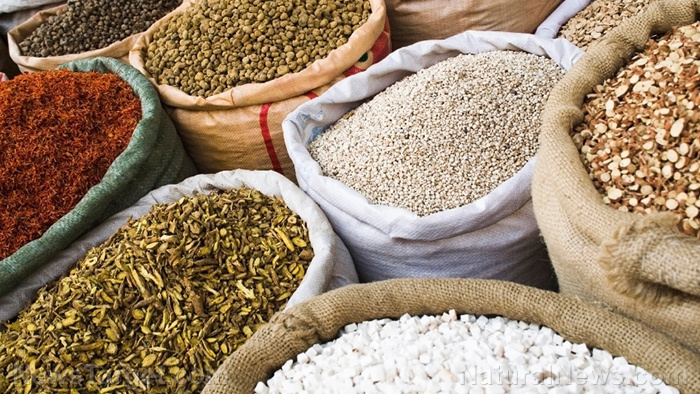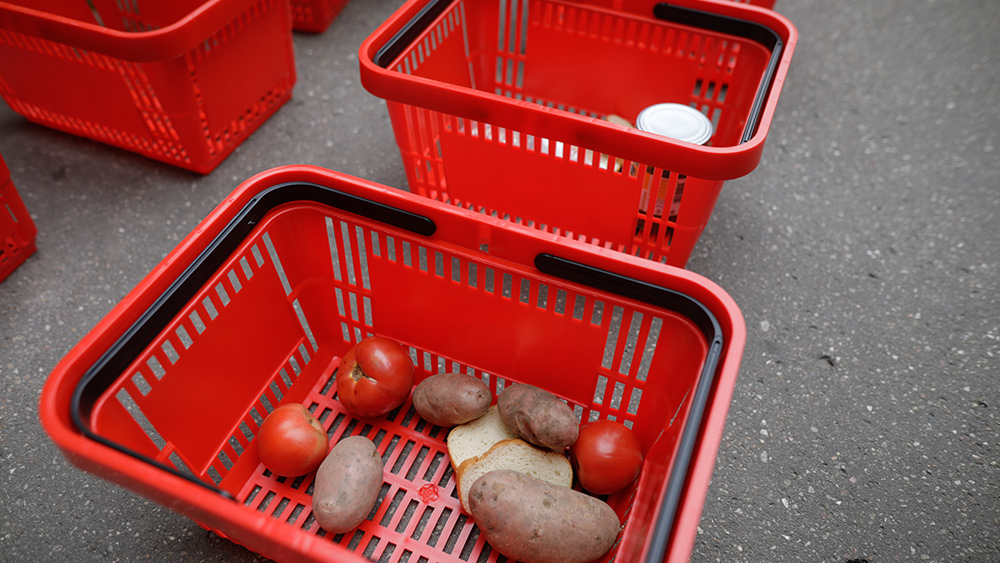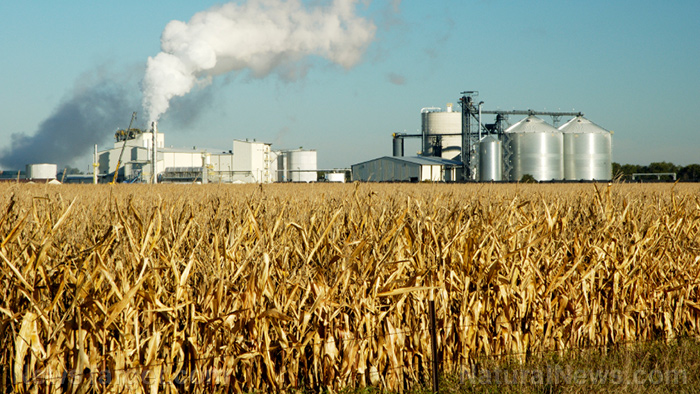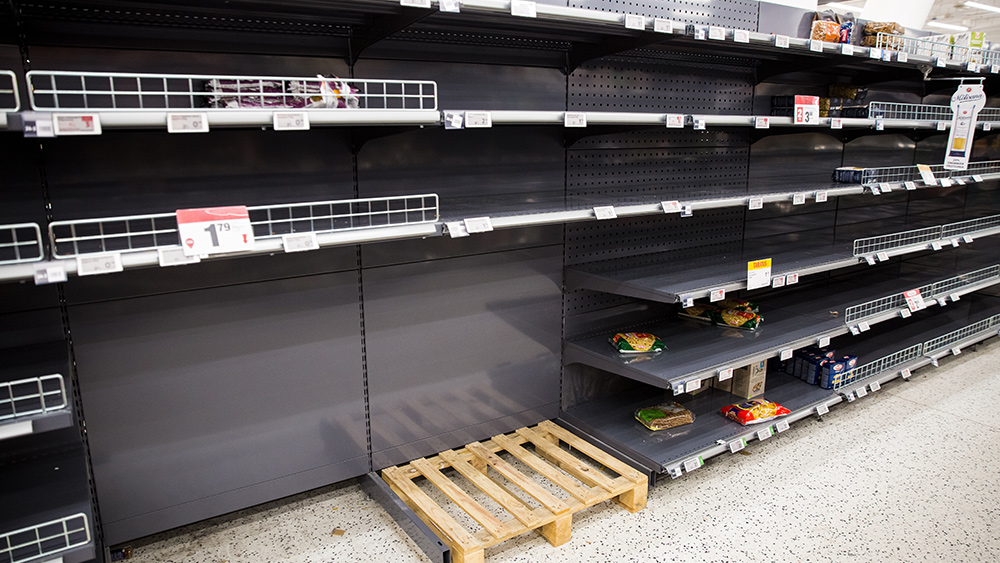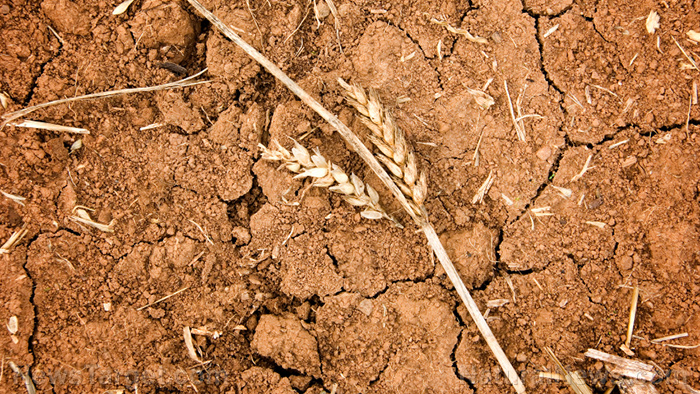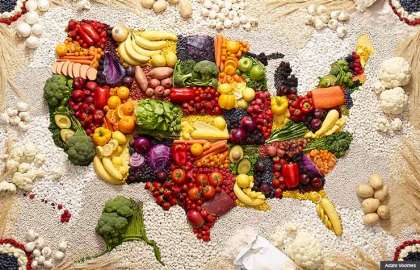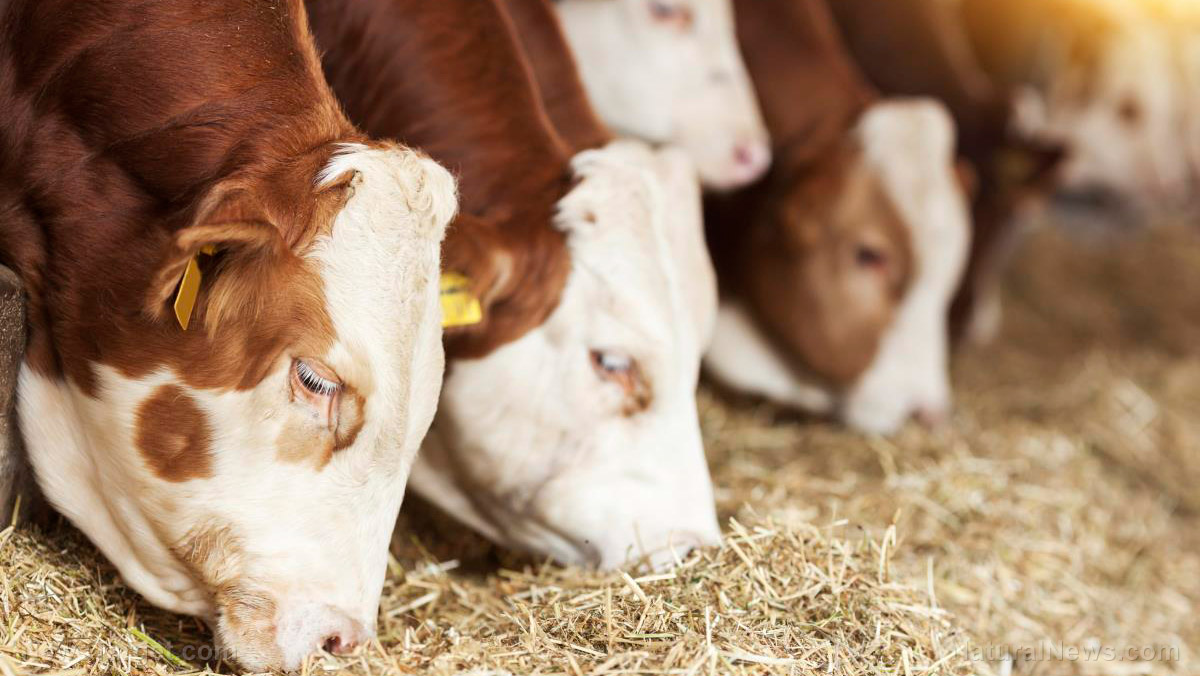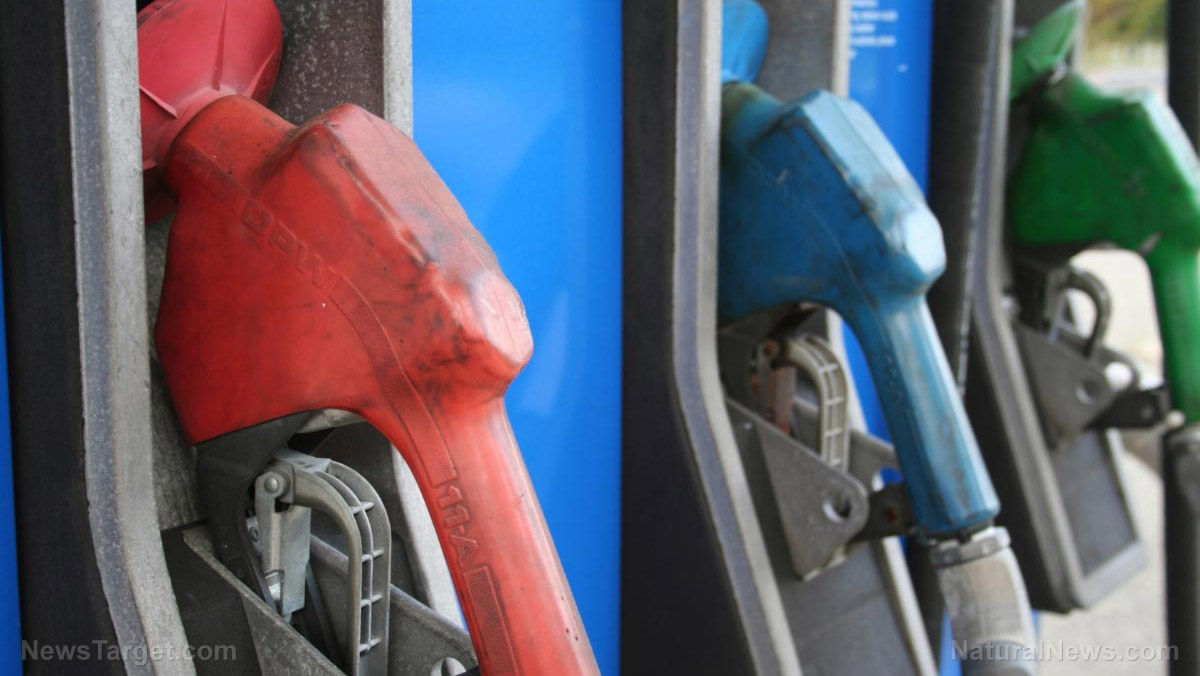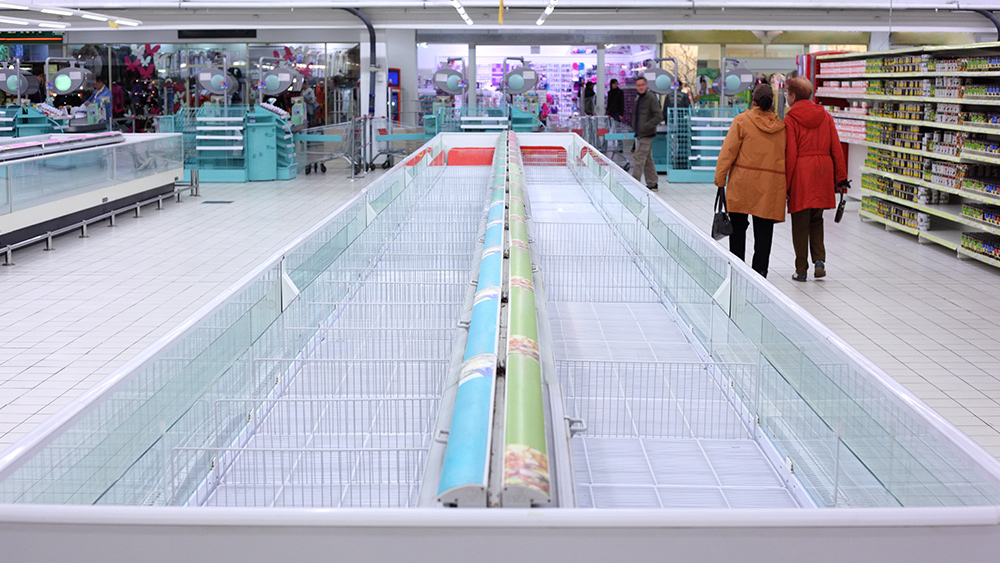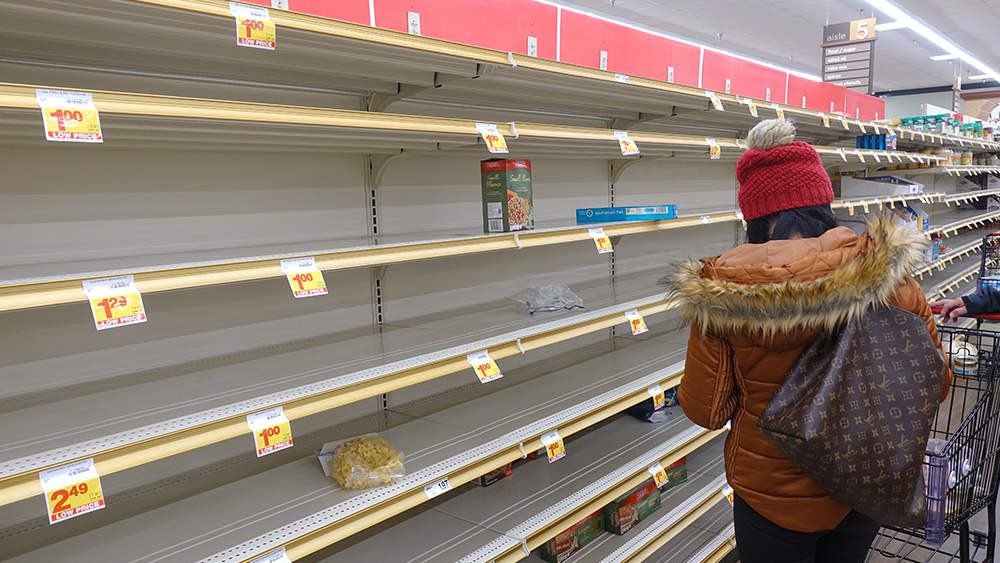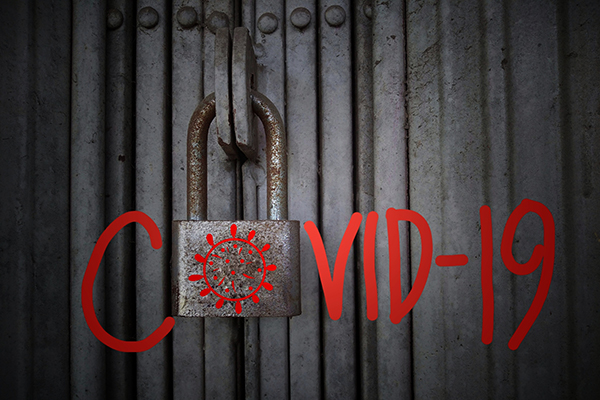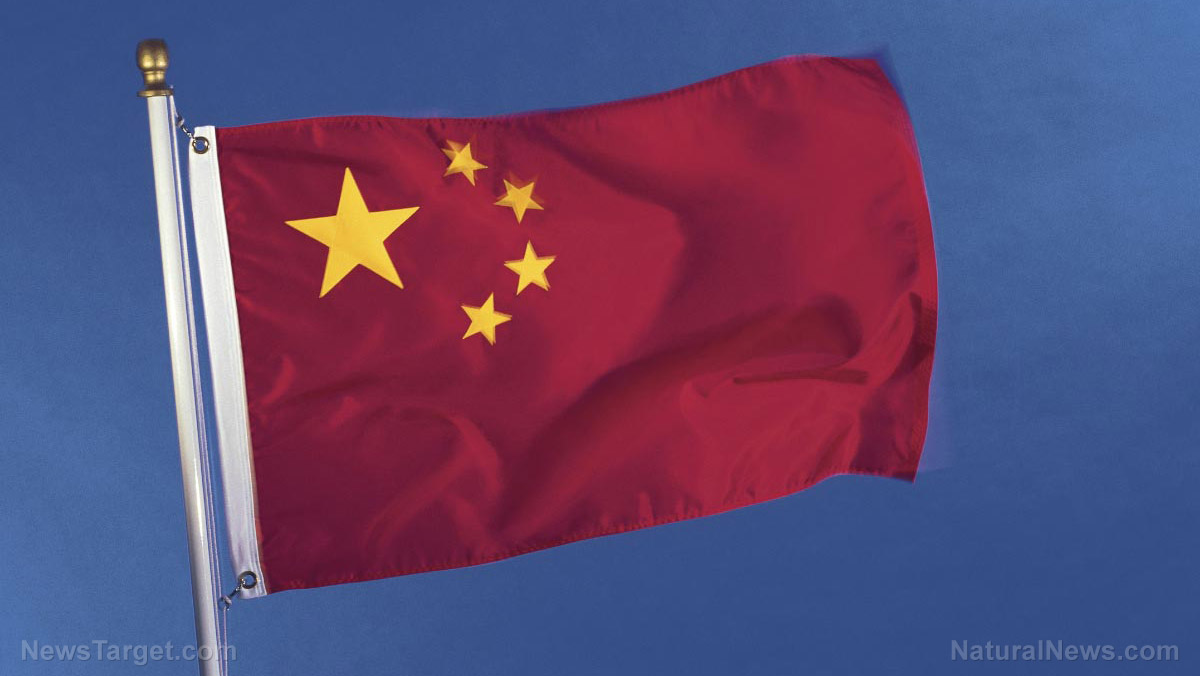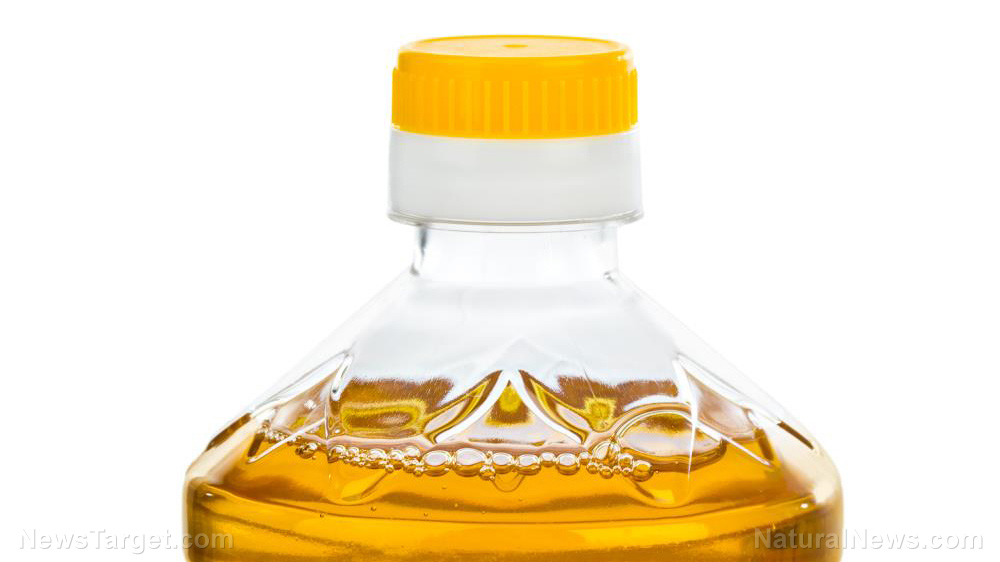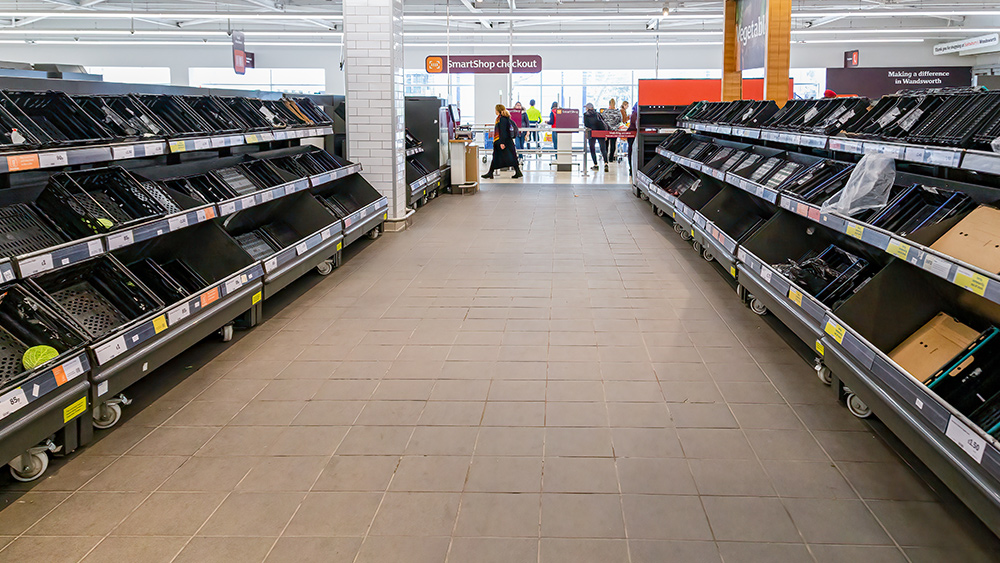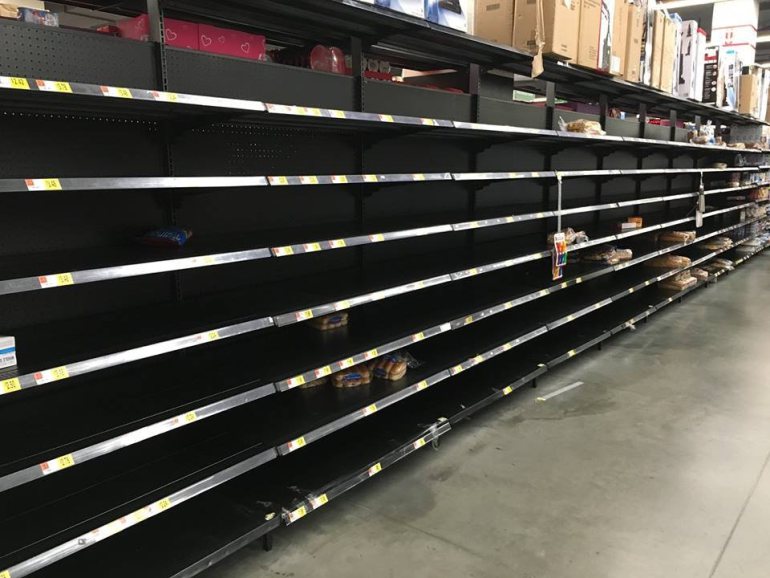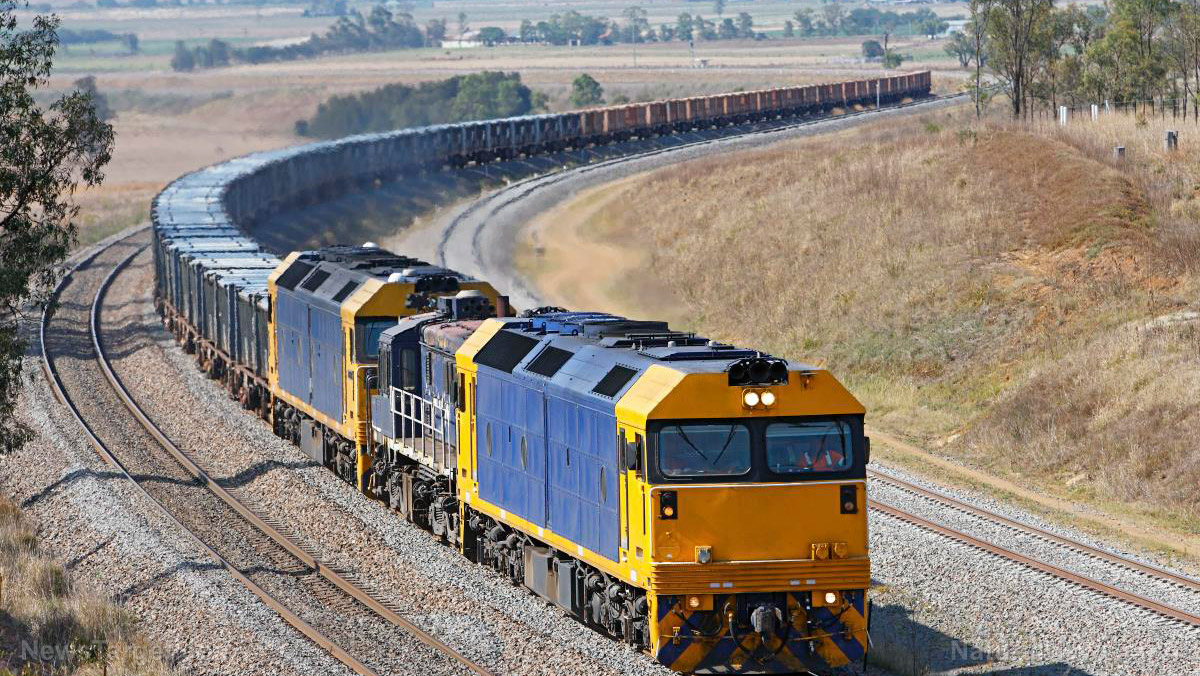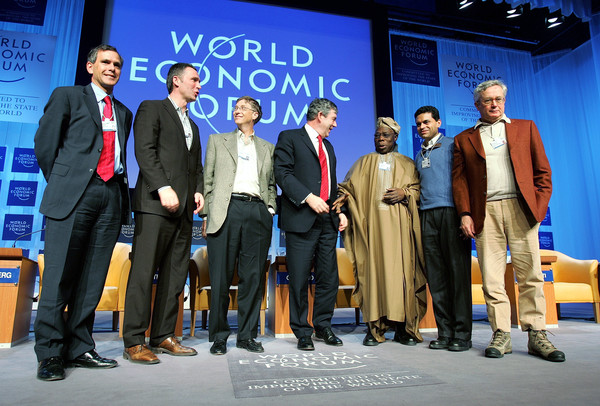Higher fertilizer prices causing higher food prices around the globe
11/05/2021 / By Mary Villareal
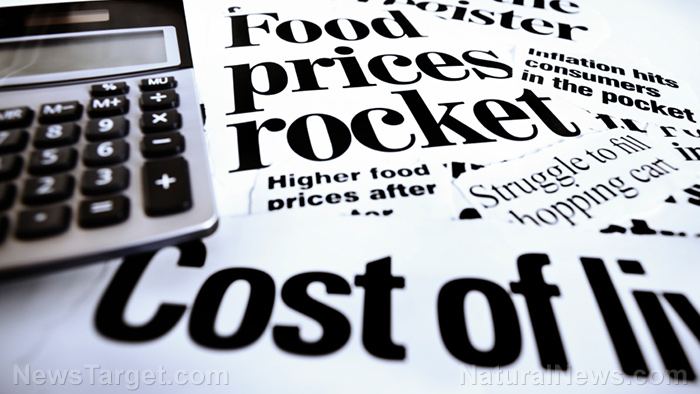
Food prices have already gone up more than 30 percent around the world, but a continuing shortage of fertilizer means that they are about to get higher. Prices for synthetic nutrients are at their highest levels this year, and it could mean weaker harvests and ballooning grocery bills.
Prices for urea, a popular nitrogen-based fertilizer, skyrocketed earlier in September to the highest it has ever been since 2012. Nitrogen-based fertilizers are important crop nutrients, but they are made through a process that is dependent on natural gas or coal.
With these fuels currently in very tight supply, fertilizer plants in Europe are forced to cut down production. China has also curbed exports to ensure that the country has enough domestic supply.
“As fertilizer prices continue to rise, farmers will either cut application rates, cut fertilizer entirely in hopes for lower future pricing, or cut other farm products to account for the bigger expected spend,” Alexis Maxwell, an analyst at Green Markets said.
With the fertilizer markets seeing an unprecedented lack of supply and record prices, more food inflation is expected around the globe. Benchmark wheat prices, for instance, have already shot up, and coffee is in near multi-year highs.
In the U.S., corn growers are seeing prices that are more than double than they paid for the previous years. The high fertilizer prices could mean a smaller corn crop as corn use more nitrogen fertilizers. To cut costs, some farmers switched to soybeans instead.
Dan Cekander, a fourth-generation soybean and corn farmer in Illinois, said that he has been farming since 1987, but has never seen fertilizer prices this high. In mid-October, he started making inquiries into ammonia but was surprised to find a quote of $880 a ton, which is 75 percent higher than what he paid for in 2020.
Like many farmers, he decided to hold off on buying. But just two weeks later, the price ballooned to $1,320. With the rising costs, he may have to change his plans of splitting his acreage 50-50 between corn and soybeans.
“We’re anticipating this will impact the acreage battle next year. We are looking for lower corn acres next year as a result,” said Arlan Suderman, a commodities economist for financial services network StoneX.
Perfect storm of problems affect crop production
From extreme weather and plant shutdowns to government sanctions, a perfect storm of events hit the chemical fertilizer market, impacting farmers who are already buckling under the strain of the rising costs to produce food.
The back-to-back late summer storms on the U.S. Gulf Coast also prevented products from moving in and out while temporarily shutting down plants in the region, including the largest nitrogen complex in the world owned by CF Industries Holdings Inc. The company was also forced to shut down two U.K. plants due to Europe’s problems with natural gas, which is necessary for producing nitrogen fertilizer.
Yara International ASA, a firm specializing in agricultural products, said that the high natural gas prices will force it to curtail around 40 percent of its European production capacity for ammonia, which is used to make the fertilizer. (Related: Food prices increase as fertilizer costs surge.)
Logistics companies that transport fertilizer is also facing labor shortages and price increase, adding more to the costs. Bill Stringfellow, owner of a small operation called Quest Products, also said that freight is about 15 percent of the cost of buying products for their businesses.
Government action is also a factor. Earlier this year, the U.S. and Europe put sanctions on a major potash producer and one of the largest state-owned enterprises in Belarus, in response to a journalist arrest on a Ryanair flight in May. Yunnan province in China also ordered production cuts across several industries, including fertilizers, to curb energy consumption and emissions.
Follow FoodCollapse.com for more news related to food price surge.
Sources include:
Submit a correction >>
Tagged Under:
bubble, chaos, Collapse, economy, farming, fertilizer, fertilizer costs, food collapse, food shortage, food supply, grocery, harvest, Inflation, panic, price increase, products, supply chain crisis
This article may contain statements that reflect the opinion of the author
RECENT NEWS & ARTICLES
COPYRIGHT © 2017 STARVATION NEWS

